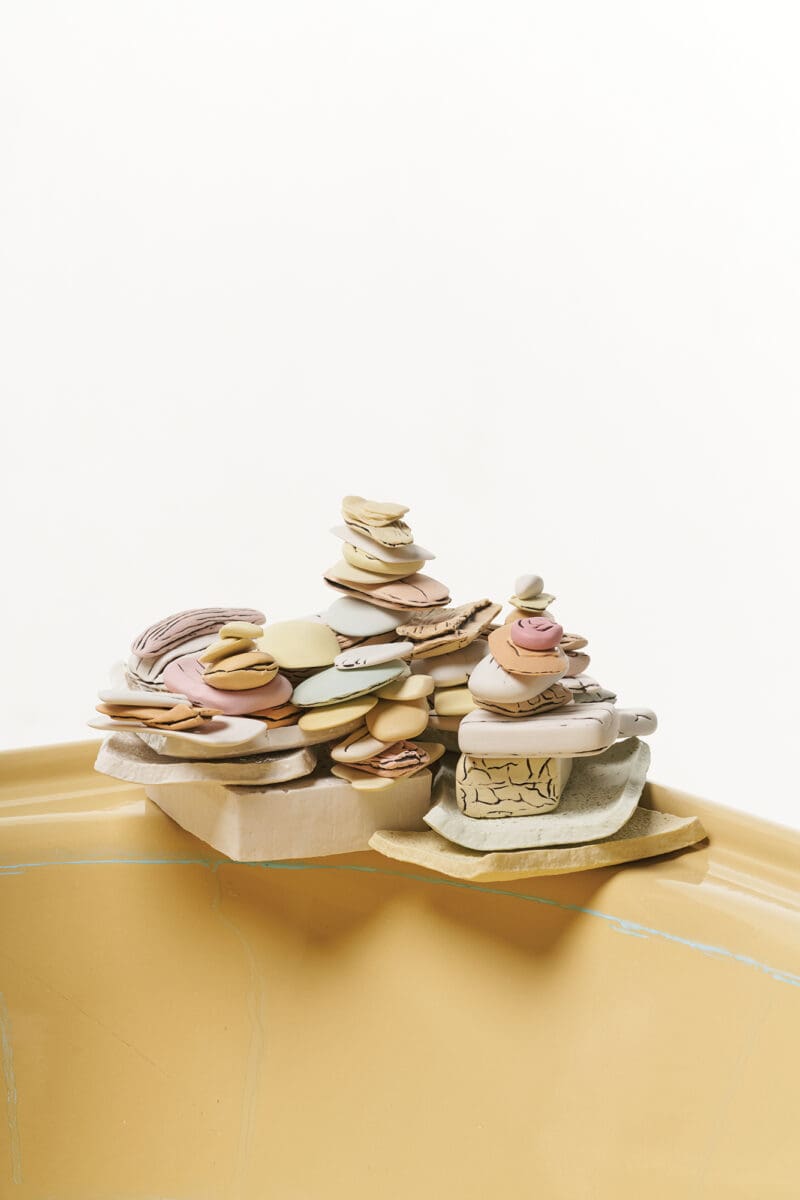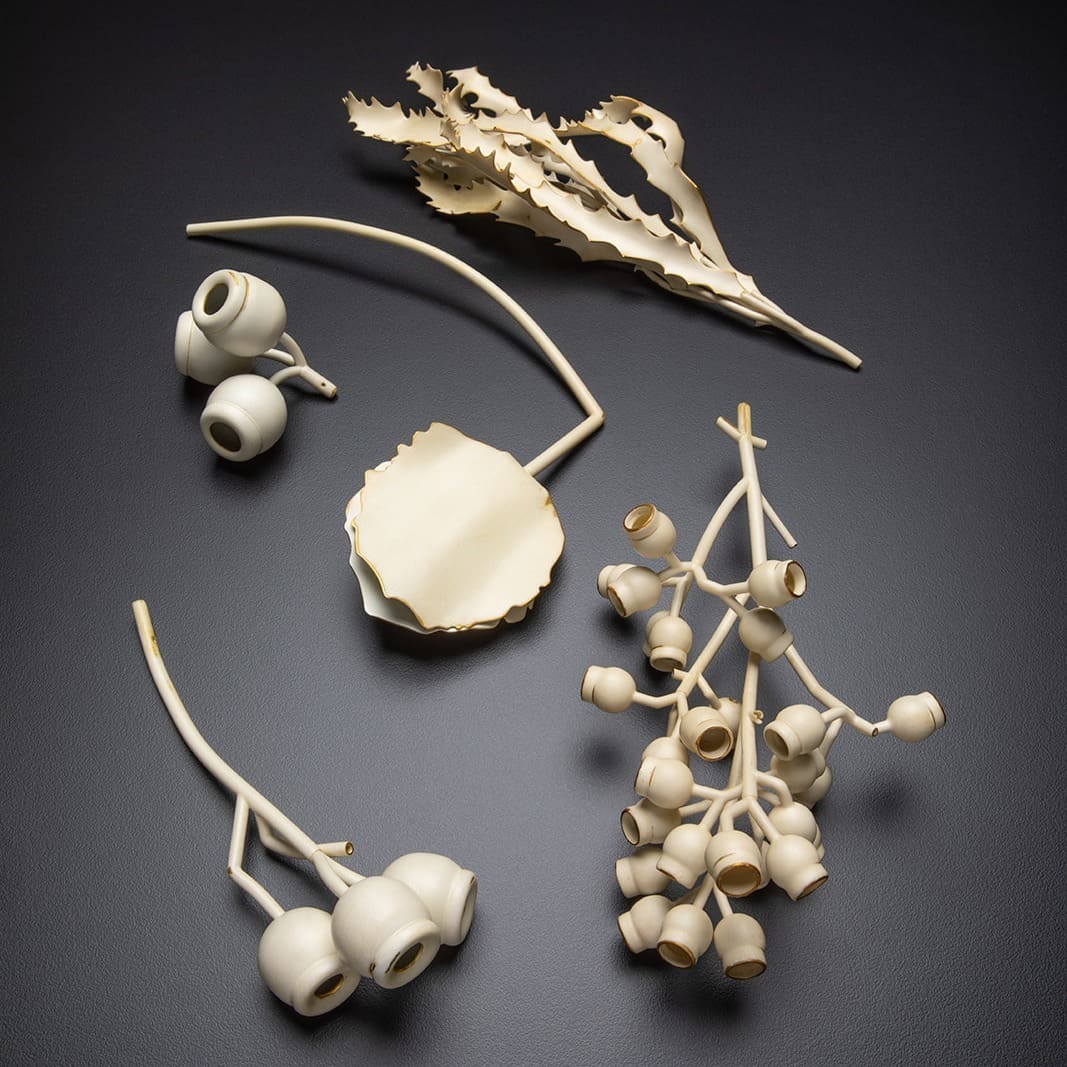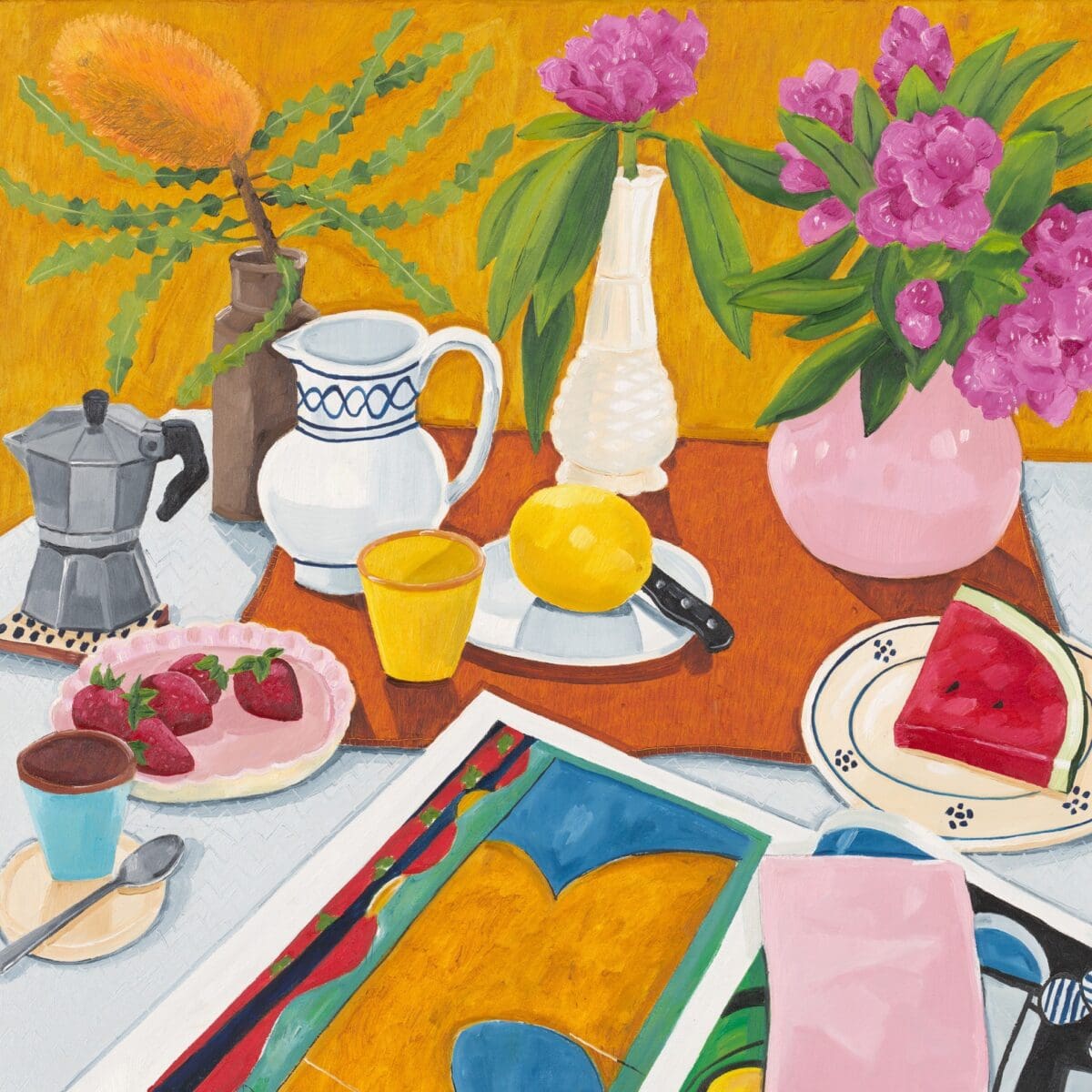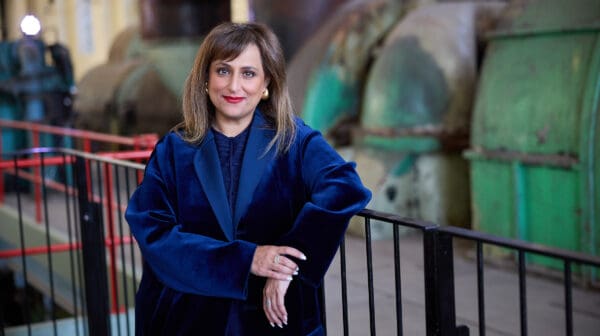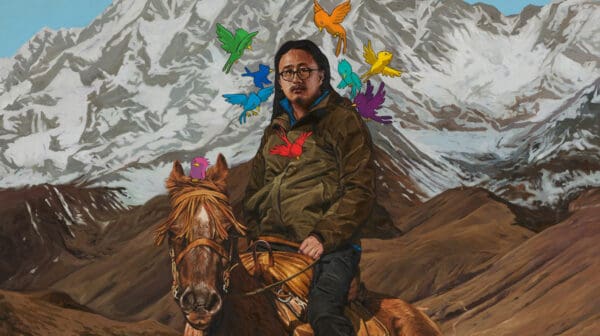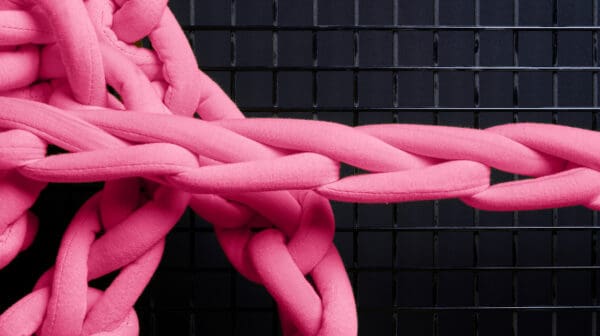Like an early version of Instagram, from the 16th century onwards the still life genre has captured staged collections of objects to reveal intimate details about our social standing—from the possessions we covet to the food we eat.
“Using Virginia Woolf’s seminal 1929 essay, A Room of One’s Own, as a subtle framework, Hobart’s Bett Gallery has brought together 16 contemporary women artists to explore the space still life currently occupies.”
As historical women artists became increasingly visible in the public realm, practitioners like the 19th-century French painter Berthe Morisot used the still life format to illustrate the nuances of daily life, particularly within the private domestic sphere. This was the realm of women and children: the objects Morisot chose to depict visually symbolised aspects of a woman’s life at the time.
In 2023, still life still endures. Using Virginia Woolf’s seminal 1929 essay, A Room of One’s Own, as a subtle framework, Hobart’s Bett Gallery has brought together 16 contemporary women artists to explore the space still life currently occupies. But is it the domestic realm, or something more? With the genre continuing to represent objects of personal significance, the exhibition considers what still life looks like for women artists today, and how it reflects contemporary experience.
For New South Wales-based painter Kiata Mason, still life is a record of daily encounters with the people she invites into her home. The table is a common feature in her paintings, and it frames the conversations she has with friends when they come together and share food. In Tablescape, 2023, each object—cheese plates, fruit, books, deer antlers—holds meaning and is connected to a personal story. “The objects are like portraits of people, their ideas and the conversations we’ve had,” says Mason. “Flowers will be from my garden and the food will be things I’ve either grown or people have brought to me. It’s a universal thing to want to depict what’s around you, what makes sense to you and what’s meaningful.”
“Hobart-based artist Nicole O’Loughlin believes still life goes beyond the domestic sphere. Using the traditional craft of embroidery to tell a contemporary story, O’Loughlin’s work speaks to changing gender roles, family, and the legacy of women artists.”
In contrast to the quiet stillness of Morisot’s domestic scenes that spoke of women’s confinement in the home, Mason views her still life scenes as representative of community and the mingling of stories. Her space is her own and she is fortified by her experiences within it. “Historically women were looking after the house, but I don’t see my house as a place I have to upkeep. It’s not a burden to me, it’s a place of freedom.”
Hobart-based artist Nicole O’Loughlin believes still life goes beyond the domestic sphere. Using the traditional craft of embroidery to tell a contemporary story, O’Loughlin’s work speaks to changing gender roles, family, and the legacy of women artists. In her version of still life, O’Loughlin has embroidered a series of meaningful objects from her immediate environment (a home studio) onto square patterned canvas. In The Balance, 2023, a full rack of dishes waiting to be put away is placed alongside a book, a vase of flowers and pink rubber gloves. Another work, Studio Still Life, 2023, has been embroidered with a sewing box stacked on books about women artists, a portrait O’Loughlin’s son drew, and a bullseye pin cushion with the word patriarchy sewn into it (a reactive gesture made soon after the election of Donald Trump).
“Each of the objects are little symbolic gestures to parts of my life,” explains O’Loughlin. “They represent the juggling act between being a mum, a PhD candidate, a teacher, and having a voice as an artist. With still life, there is so much potential to layer up with hidden messages and it can paint a bigger picture than a portrait. It goes beyond the domestic realm to take women’s power back, allowing us to represent ourselves as a subject rather than an object.”
In carefully curated scenes, still life can evoke memories, nostalgia and a shared sense of connection to the ordinariness of our lives. Pulling a tight focus on small, inconspicuous items involved in acts of service and care, South Australian artist Honor Freeman recreates sponges, soaps, concrete blocks and hot water bottles in delicate porcelain. “They are ordinary but democratic and hardworking objects from my studio that have, over time, found their way into the work,” says Freeman.
“What began as a platform to show wealth and technical expertise, the still life genre has endured to become a more intimate and personal view of who we are.”
Elevated to objects of beauty, items that once occupied the nooks of private spaces are now brought into the open by Freeman, the marks and flaws created by their utilitarian purpose painstakingly recreated in porcelain. Presented in multiples, Freeman’s soaps are not crisp new bars but worn away rectangular nubs deeply cracked and dried, like those in the corner of a laundry sink. Once on the gallery floor, aesthetics through arrangement is important to Freeman. “The late Gwyn Hanssen Pigott pioneered the staging of finely crafted functional porcelain vessels into carefully choreographed groups, elevating the objects by suggesting a pause to consider their form, relationships to one another and to function.”
What began as a platform to show wealth and technical expertise, the still life genre has endured to become a more intimate and personal view of who we are. For contemporary women artists, the scene a still life depicts can speak to changing social norms, politics, our relationships and the beauty found in everyday life. As long as we remain curious about others and our place in the world, still life will prevail.
A Room of One’s Own – Women in still life
Group exhibition
Bett Gallery (Hobart TAS)
24 November—16 December
This article was originally published in the November/December 2023 print edition of Art Guide Australia.



